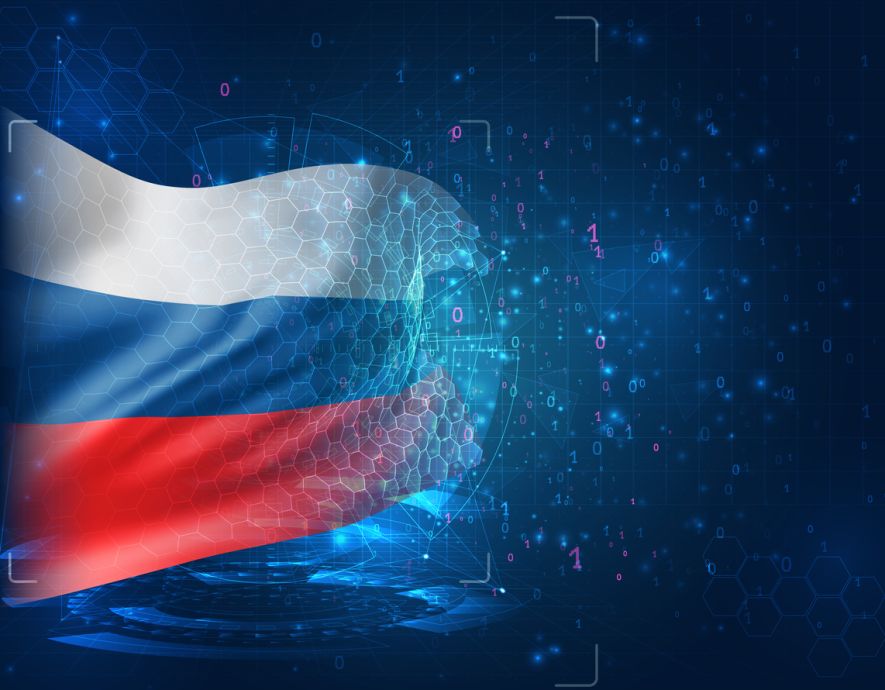![Cyber Jihad: The Internet’s contribution to Jihad [par Julien Babanoury, CEIS]](https://incyber.org//wp-content/uploads/2024/03/adobestock-749446930-1-1920x735.jpeg)
- Home
- Cybercrime
- Cyber Jihad: The Internet’s contribution to Jihad par Julien Babanoury, CEIS
Cyber Jihad: The Internet’s contribution to Jihad par Julien Babanoury, CEIS


[box style=’note’]Summary :
Cyber jihad is the use of the internet to help accomplish the strategic and tactical objectives of the Islamic holy war. The jihadist flagship organization al Qaeda has had a degree success in combining its 14th century Islamic ideology with its skillful use of 21st century technology to conduct a two-pronged approach of attracting followers to the cause and attacking its enemies. Cyber jihad fits perfectly with al Qaeda’s strategy of dispersed cells that can either carry out attacks on their own (lone wolf) and in small groups (wolf pack), or affiliate with a larger organization (i.e. through training camps) in a Muslim-dominated region of the world.
Cyber jihad differs mainly from cyber terrorism in the sense that it constitutes information presented on behalf of a terrorist organization or lone jihadist whereas the latter usually refers to “hacking attacks” in order to wage economic, political and psychological warfare. For now, cyber jihad is essentially a means to an end: a resource. As such, there has been growing trend to see terrorist groups relying on the Internet for propaganda and communication rather than for attacking it, although this trend could inverse with time. Ultimately, the Internet has proved to be the most efficient medium to quickly spread information to a worldwide audience while greatly reducing the risk of being detected.
The types of attacks that spawn from internet jihad can range from IED placements around Fallujah, Iraq, to the major bombing of a European train station. The Internet has become such an essential global phenomenon, that most jihadists could do very little without it. Cyber jihad demonstrates the dichotomy of the Internet: a device to facilitate the flow of information for the progress of society, and a device that can use its principal tenants to conduct sinister activities. Moreover, the Internet is something that can translate into the physical world, just as cyber jihad can translate into violent jihadization.
[/box]
Cet article a été réalisé dans le cadre de l’Observatoire du Monde Cybernétique animé par CEIS pour le compte de la Délégation aux Affaires Stratégiques (numéro de marché 1502492543).
the newsletter
the newsletter

![Image Report examines recent activities of Russian cybercriminals from [Sandworm]](https://incyber.org//wp-content/uploads/2024/04/incyber-news-cybersecurite-cybersecurity-attack-danger-2024-885x690.jpg)

